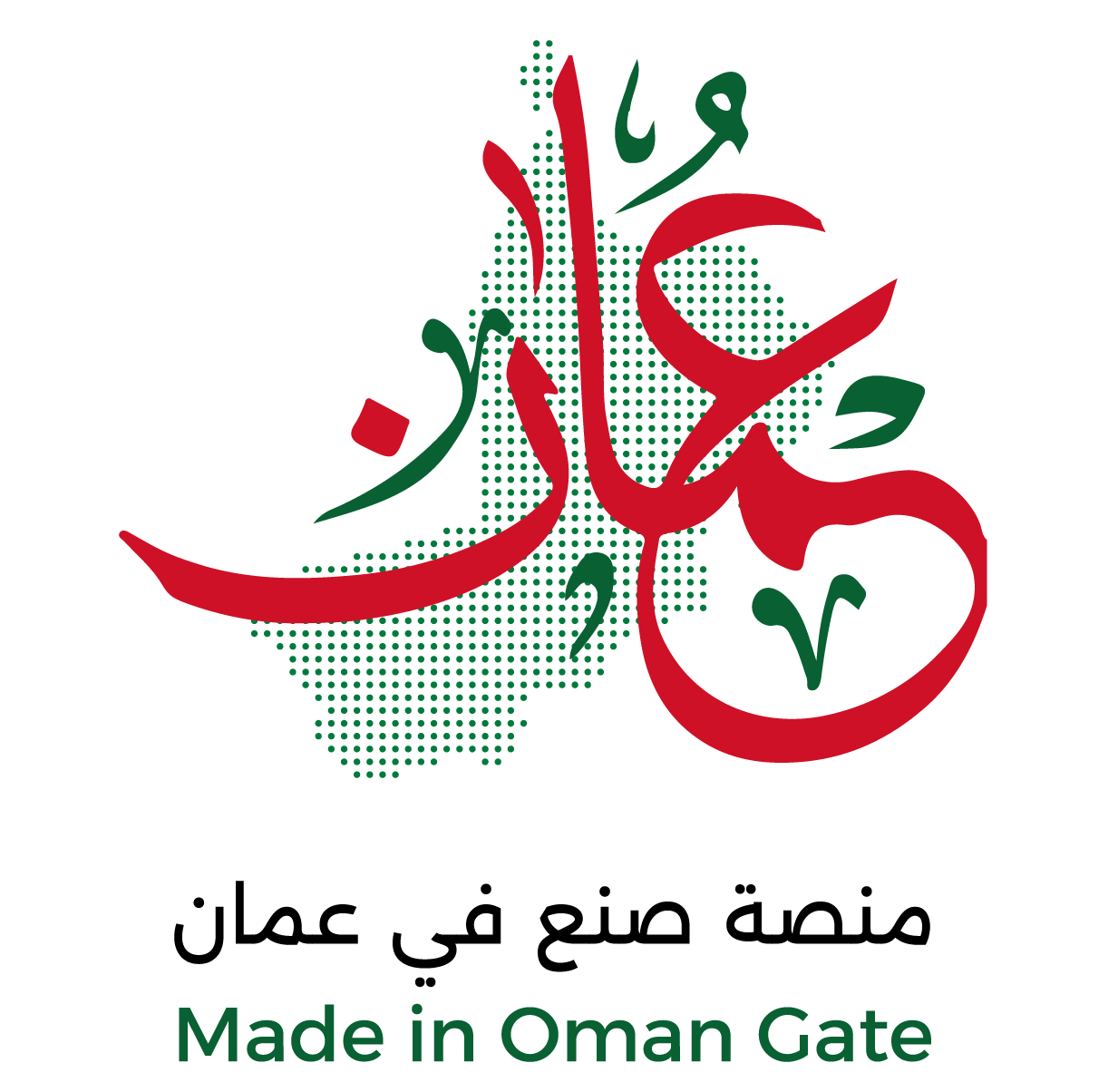Al Mazunah Free Zone, the first of its kind in the Sultanate of Oman, an affiliate with the Public Authority for Special Economic Zones and Free Zones (OPAZ), serves as a major Gulf gateway for transit trade to Yemen and from there, to East African countries. It is located in the far southwest of Oman on the land border with the Republic of Yemen.
Eng Ahmed bin Khamis al Kasbi, Director General of Al Mazunah Free Zone, highlighted that the zone, which spans 15 million square metres, was established to enhance trade between Oman and Yemen. He emphasised that the zone is attracting significant interest from investors, particularly Yemeni businessmen.
Al Kasbi revealed that investments in the first half of this year exceeded RO 5 million bringing the total investment in the zone to RO 140 million, with 185 lease contracts across various sectors, including 102 operational projects. The zone management aims to attract industrial sector investments to ensure sustainable investment activity.
The unique feature of Al Mazunah Free Zone is its approved dry port, where all port operations such as handling, export, and import are conducted. During the first half of 2024, the zone received goods weighing over 100,000 tonnes, with commercial movement and goods transfer through the zone increasing from 33,000 tonnes in 2014 to 220,000 tonnes by the end of 2023.
Investments in H1 2024 exceeded RO 5 million bringing the total investment in the zone to RO 140 million.
Al Kasbi explained that the zone offers numerous incentives and advantages specific to free zones. These include a 30-year income tax exemption, no requirement for income declarations, easy trading and transferring of foreign currencies, exemption from the Commercial Agencies Law and customs duties, the ability to import all goods permitted in Oman, 100% project capital ownership for investors, a reduced Omanisation rate of 20%, adoption of Yemeni customs data for imported goods, and the issuance of certificates of origin.
Additionally, the zone grants factories a national certificate of origin, facilitates residence and visa issuance for non-Omani investors, allows the establishment of representative offices within Omani customs territory, and provides a single joint market for diversified Omani and Yemeni goods at reasonable prices. Yemeni workers can also work in the zone without a work visa or entry visa.
Al Kasbi noted that RO 5 million was invested in infrastructure projects, including the completion of road networks, sewage and rainwater drainage channels, and a security fence meeting the latest standards.
The zone continues to offer numerous investment opportunities for the private sector, including establishing, operating, and managing a water desalination plant, refrigerated warehouses, and worker housing. The general plan for the region is divided into industrial activities, public services, warehouses, and commercial and service sites.
All necessary services are provided to investors through the “Masar” Centre or one-stop shop, which includes services from the Ministry of Foreign Affairs, Ministry of Labour, Ministry of Commerce, Industry and Investment Promotion, Oman Chamber of Commerce and Industry, Environment Authority, Sanad Services Office, and labour visa services.
Investors also benefit from the electronic Eltizam system for managing operations, with about 16,500 transactions conducted in the first half of this year. This system won second place in the Best Practices Award in the Logistics Sector organised by the Ministry of Transport, Communications and Information Technology. An electronic system to manage entry and exit, operated by a private company, is also in place.
Al Kasbi concluded by noting the completion of the services building in the zone at a cost of RO 3 million. The building is now ready to accommodate requests from service companies in customs clearance, exchange, handling, and free trade sectors.
Oman Observer


